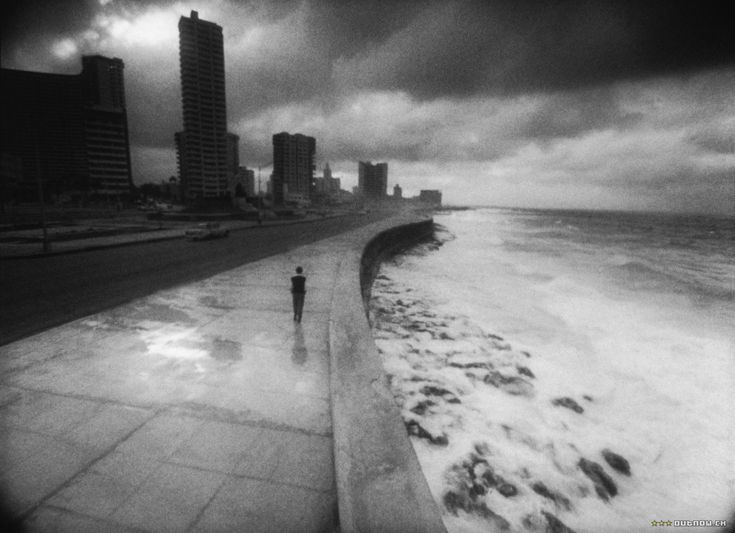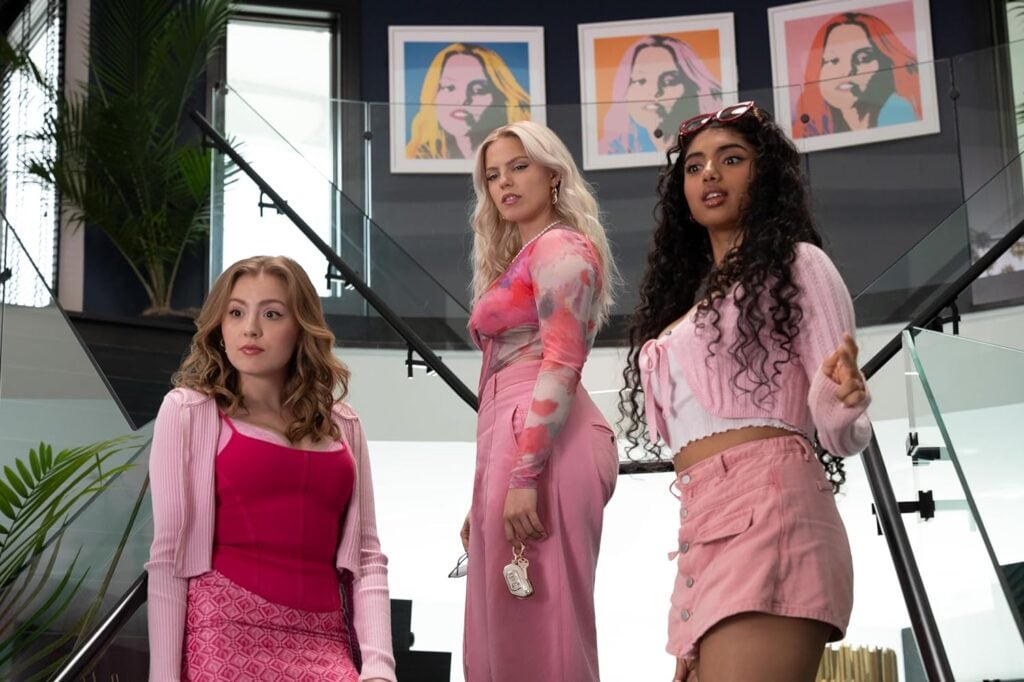Shout! Factory under their Scream Factory banner has released Terrence Fisher’s 1967 Frankenstein Created Woman on blu ray. In this installment, Frankenstein is not so concerned with stitching together body parts as much as he is interested in defining what it is that makes us human by isolating the soul. Shout! has done new 2K scan of the title. Visually, this is a major step up from the Millennium blu ray from a few years back.
The Production: 3.5/5
I’ve always had a soft spot for Frankenstein Created Woman, in spite of its silly, dated and inaccurate title. As The Amazing Criswell would say, ‘It pleasures me.’ Frankenstein Created Woman might have been the first Hammer film I saw theatrically as a child. I saw it paired with its original co-feature, The Mummy’s Shroud. So, I’m not sure if it was the first release or if it was booked shortly after as a kiddie matinee. Though both films are not particularly well regarded critically or by fans, I retain a fondness for both.
Frankenstein Created Woman is the fourth film in the Hammer Frankenstein series. Fans tie themselves up in knots trying to establish a continuity of the films. The writers and producers of the Hammer Dracula series slaved needlessly to create a connecting narrative and the series comes off the worse for it and after the first three or so the formula actually becomes comic. While there are hints and allusions that support some of these theories, the character of Baron Frankenstein (and his objectives) swings so radically from movie to movie, it is probably best to view them as individual pieces.
In the pre-credit sequence, we find a young boy, Hans witnessing the guillotining of his father for unnamed crimes. When the film opens after the credits, approximately 10 years have passed. We immediately recognize the young man by his hairstyle, the clothes he wears, and his walking past the rusted guillotine. We also quickly learn that he is a social outcast, not just because he is the son of convicted murderer, but because of his association with Baron Frankenstein (Peter Cushing) and his slightly addled assistant Dr. Hertz (Thorley Walters).
To celebrate the success of his latest experiment Frankenstein sends Hans to the village to get a bottle of wine. Because there is no money, Hans (Robert Morris) is given Dr. Hertz’s overcoat to pay for the bottle. This is a bit of foreshadowing as it plays a part later during Hans’ murder trial.
Hans arrives at the café where we are introduced to the scarred and crippled Christina (Susan Denberg), the daughter of the café owner. Christina too is an outsider, whose own father is embarrassed by her disabilities, and because of their shared social status, we learn that she and Hans are lovers.
In this scene we meet the villains of the piece, spoiled and obnoxious village aristocrats, Anton, Johann, and Karl. Aristocrats as villains is a common theme in Hammer films (The Hound of the Baskervilles, Brides of Dracula, Curse of the Werewolf, Plague of the Zombies, Taste the Blood of Dracula) and these three may be the studio’s ugliest of the lot. It is painful to watch the trio tease poor Christina.
Their torments result in Christina spilling wine on leader Anton. He reacts abusively and this results in a fight with Hans defending the girl and Anton with a knife wound to his forehead. What follows is a series of rapid events that lead to Hans’ execution for the murder of Christina’s father, her suicide by drowning and the opportunity for Frankenstein to test his latest experiment in isolating by transplanting Hans’ soul into Christina’s body which climaxes with her wreaking revenge on the three louts.
If all of this sounds wacky that is because it is wacky. Screenwriter Anthony Hinds throws out a lot of interesting and undeveloped ideas. Much is made of the fact that Hans, a victim of fate, is following in his father’s footsteps to the gallows; but because we never know why Hans’ father was executed and we see that Hans was falsely convicted of murder, isn’t possible that his father shared the same injustice?
Film historians Steve Haberman and Constantine Nasr in their commentary discuss at great length the romantic elements of the film but gloss over the fact that the film contains star-crossed lovers, literal soul mates in a movie about soul transplantation, whose tragic endings are the doing of society. They also neglect to point out the irony of Frankenstein correcting Christina’s physical deformities while at the same time creating spiritual deformities producing a beautiful ‘monster’ whose murderous acts of revenge are a direct result of his meddling. Frankenstein’s experiments with soul merging is a perversion of their once pure souls that results in three, no matter how justified, murders.
There are other elements to Hinds’ script that make me wonder if perhaps a little more time had been spent developing would have produced more interesting results, such as the character of Christina’s father. Hinds makes him like most Hammer parents, antagonistic to the young lovers. Predictably, this is in keeping with the cultural trends of the 1960s. But what if Hinds had made the father a benevolent figure? A figure welcoming and protective of the shunned couple? This would have made his murder along with Hans’ punishment more poignant and not just a sordid plot device.
This, and the Hinds scripted Dracula Has Risen From the Grave are probably the most religious themed of all the Hammer films. The Dracula film asks, but doesn’t satisfactorily answer the profound question, when religion fails, where does one turn in the face of evil? Frankenstein Created Woman is the only example of a Frankenstein film I can think of that deals not with the mechanics of creation, but the ‘essence’ of one’s being – the existence of the soul. Frankenstein Created Woman is frequently cited as a favorite of Martin Scorsese for this very reason.
Both films are similar in that Baron Frankenstein and Dracula are not the center of the story, but are used as devices, almost in a short-handed way, to propel the romantic stories forward. Hammer fans and critics tend to disparage both films for the fact that both the Frankenstein and Dracula characters take a back to seat to the young lovers. This is valid and depends on how one responds to the young actors in the romantic leads.
I think Frankenstein Created Woman is more successful in that the leads are more sympathetic and appealing. Denberg and Morris are very believable, especially compared to some of Hammer’s latter juvenile leads.
Terence Fisher was not the most talented director to work at Hammer, but in many ways his work defines the studio. Fisher spent his whole career in films working his way up to editor and eventually director. His background as an editor gives the films, in spite of meagre budgets, a fluid quality with the camera always in the right place. Compare his work to the directorial work of writer Jimmy Sangster, possibly the worst Hammer director.
This is maybe the last Hammer where all the cast is uniformly good, from Cushing’s almost Holmesian portrayal of the Baron to Walters’ Watsoneque Hertz. The three ‘Youngbloods’ played by Peter Blythe, Derek Fowlds, and Barry Warren are suitably despicable. Denberg and Morris are very good as the young lovers. No excuses needed for any of these performances.
And last but not least is Bernard Robinson’s essential contributions as Production Designer. Robinson always gets the most out of nothing and this is no exception. The village seems claustrophobic with its cramped locales. The lack of extras makes it seem like a village on the edge of nowhere.
The film released in 1967 comes at the cusp of major changes in the horror genre. It is the penultimate film produced at Hammer’s long-time home, Bray Studios and it comes one year before the release of three horror films that forever change the genre, Witchfinder General (The Conqueror Worm), Night of the Living Dead, and Rosemary’s Baby.
After the release of those three films Hammer’s gothic horrors seem quaint by comparison. As much as I like 1968s The Devil Rides Out, it could have been made 10 years earlier. And Hammer’s ill thought out solution in response to these changes was to up the nudity and gore, thereby keeping the studio’s under 17-year-old base audience out of theaters. I have to guess that there were a lot more teenagers eager to cough up admission for these movies than there were middle-aged raincoat toting men looking for titillation?
Video: 4/5
3D Rating: NA
Frankenstein Created Woman looks great. It’s advertised as a new 2K scan of original film elements. I’m assuming it’s from a Fox archival IP like Shout’s Dracula, Prince of Darkness. Because it wasn’t a Techniscope production, it looks better than the Dracula movie (which still looks better than the Pinewood restoration). In fact, it looks much better than I’ve ever seen it look before with bold, rich colors with good contrast and grain present. There are a couple of scenes (the trial and the murder of Karl) that look like dupes and have looked that way on other editions, so I’m assuming they can’t be corrected and possibly go back to the original production? My only qualm is presenting it in 1.66. I’m sure it should be 1.85, but that’s pretty minor.
Audio: 4/5
The audio is DTS-HD Master Audio 2.0 (mono) and sounds very good. James Bernard’s effective score sounds great; this is one of his best scores for Hammer. Dialogue, music, and sound effects are always discernible.
Special Features: 4.5/5
Extras include:
A new audio commentary with film historians Haberman and Nasr. The two spend a great deal of time going over an annotated archival script from Hammer. They reveal a lot of interesting tidbits that don’t make it onto the screen. The most interesting is that ‘The Youngbloods’ are the sons of village elders including the mayor and police chief. Hans’ trial would have been more powerful had the audience known that. Haberman more than once refers to the revived Christina as ‘a vagina with teeth’ as she exacts her revenge. It’s an ugly term (what would the male equivalent be?) and I think inaccurate. I also think they spend too much time discussing the what appears to be the troubled life of actress Susan Denberg who left show business shortly after the film’s completion. Much of this is gossip and would be best unspoken out of respect to the still living woman.
A commentary by actors Robert Morris and Derek Fowlds moderated by film historian Jonathan Rigby. Morris and Fowlds are charming old actors with fond memories to share about the production. Rigby, however does a terrible job at moderating as he appears to have done little research and often has no answer to questions asked by the actors. Both are classically trained actors who had substantial careers and clearly have wonderful stories to tell; Rigby misses out by sticking to this one 6-week production. It’s still fun to listen to two of the few surviving actors to have appeared in a Hammer film as they are clearly enjoying watching their younger selves in a nearly 50-year-old movie.
World of Hammer episodes, The Curse of Frankenstein and Peter Cushing
Hammer Glamour documentary that focuses primarily on actresses Martine Beswick, Caroline Munro, Madeline Smith, and Valerie Leon.
Trailers, TV spots and a still gallery
Overall: 4/5
Shout! Factory has done a beautiful job in delivering what most fans consider to be a middle level Hammer movie. I like it more than that. It does take chances that other Hammer films of this era don’t; though not always successful I find myself always sucked into it once I start watching.
https://www.amazon.com/Frankenstein-Created-Woman-Blu-ray-Cushing/dp/B07PL9PY4X/ref=sr_1_1?crid=TF7PO9ZIFPLZ&keywords=frankenstein+created+woman+shout+factory&qid=1561511340&s=movies-tv&sprefix=franke%2Caps%2C144&sr=1-1
Post Disclaimer
Some of our content may contain marketing links, which means we will receive a commission for purchases made via those links. In our editorial content, these affiliate links appear automatically, and our editorial teams are not influenced by our affiliate partnerships. We work with several providers (currently Skimlinks and Amazon) to manage our affiliate relationships. You can find out more about their services by visiting their sites.






Similar threads